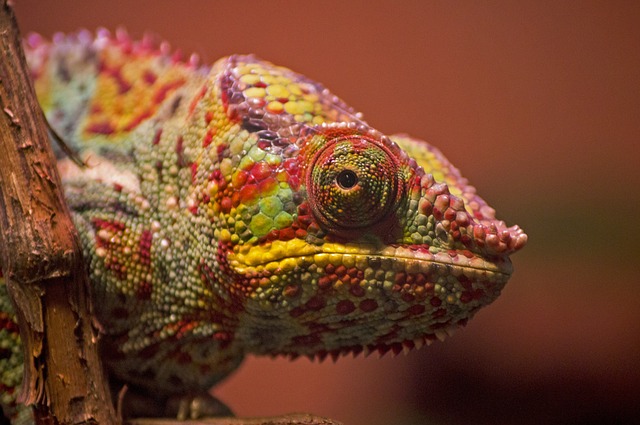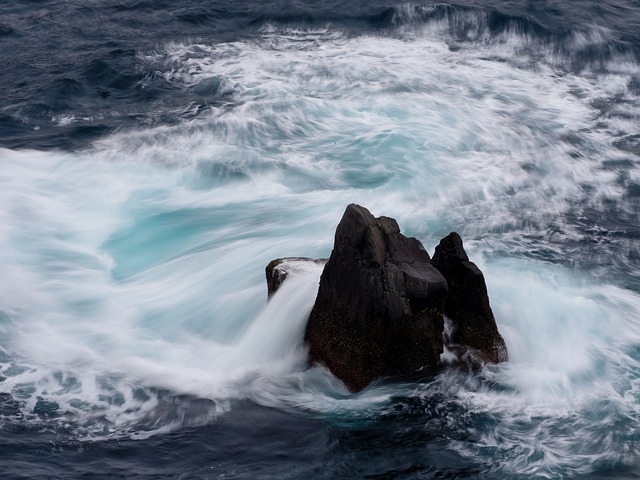
“Vibrant Hues: Exploring the Diverse Colors of Reptiles”
Vibrant Hues: Exploring the Diverse Colors of Reptiles
When we think of reptiles, vibrant colors may not be the first thing that comes to mind. However, these fascinating creatures are a kaleidoscope of hues that can leave anyone mesmerized. From the vivid palettes of chameleons to the earth-toned camouflage of snakes, the world of reptiles is a testament to the beauty and diversity of nature.
The Chameleon: Nature’s Artist
Perhaps the most famous in the reptile kingdom for its color-changing abilities, the chameleon showcases a dazzling array of colors. This master of disguise uses its vibrant hues not just for camouflage but also to communicate with other chameleons and to regulate its body temperature. Imagine the surprise of spotting one perched on a branch, shifting from bright green to a stunning blue in the blink of an eye. The chameleon’s ability to flaunt such a spectrum invites us to dive into the colorful world of these exceptional reptiles.
Poison Dart Frogs: Small but Mighty
While not reptiles in the strictest sense, the brightly colored poison dart frogs share their habitat with many reptiles and significantly influence our understanding of vibrant coloration in nature. Found mainly in the tropical rainforests of Central and South America, these tiny creatures can exhibit colors ranging from electric blue to brilliant yellow. Their vibrant appearance serves as a warning to potential predators about their toxicity, which is a fascinating aspect of evolutionary adaptation. In a world where color signifies both beauty and danger, these frogs exemplify how colors can communicate complex stories of survival.
Snakes: The Beauty of Earth Tones
In sharp contrast to the bright colors of some of their fellow reptiles, many snakes rely on subtle patterns and muted colors for camouflage. From the intricate browns and greens of the Eastern Hognose to the striking patterns of the Coral Snake, the colors of snakes illustrate an artistry that blends seamlessly with their environments. This ability highlights how color serves practical purposes, allowing them to hide from both predators and prey. Observing a beautifully patterned snake can invoke a sense of wonder and respect for the complex interplay between form and function in nature.
Lizards: A Spectrum of Diversity
Lizards, on the other hand, embody a stunning variety of colors and patterns. The vibrant hues of the Green Iguana and the intricate designs of the Blue-Tongue Skink showcase nature’s creative prowess. Some lizards, like the Anole, not only display bursts of color but can also change their appearance based on mood or temperature. This dynamic use of color speaks to the emotional resonance and adaptability of these reptiles, reminding us of our own connections to the colors we wear and how they reflect our feelings.
Why Colors Matter
The vibrant colors found across the reptile kingdom serve various purposes—from attracting mates to warding off predators. As we delve deeper into the realm of reptiles, we learn that colors are not merely aesthetic; they are critical components of survival. This vibrant diversity inspires us to appreciate the intricate patterns and colors in the natural world, encouraging us to see beyond the surface and connect more deeply with the creatures that share our planet.
Next time you encounter a reptile, whether in nature or at the local zoo, take a moment to appreciate the rich colors that adorn these remarkable animals. Each shade is a reminder of the diversity and complexity of life, encouraging us to celebrate the beauty that surrounds us.



